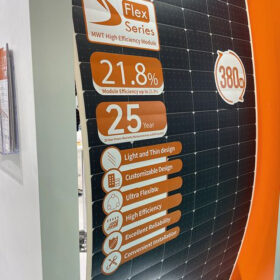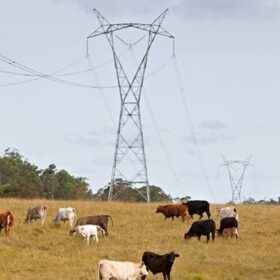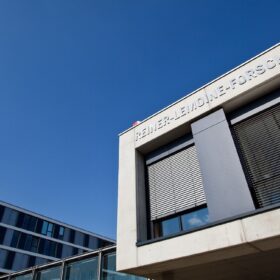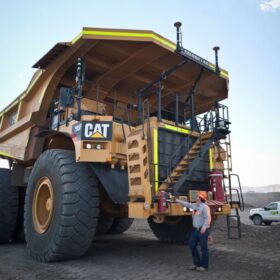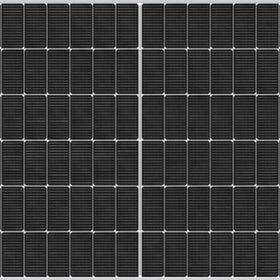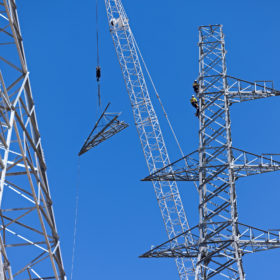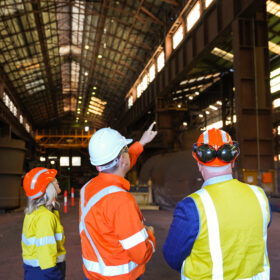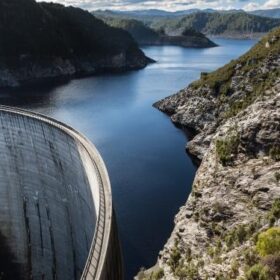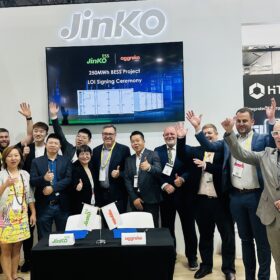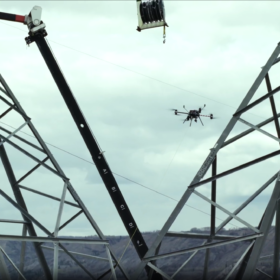Perovskite solar cell design promises 31.09% efficiency
Chinese researchers have developed a solar cell using CsSnI3 perovskite, known for its unique phase transitions and near-IR emissions. By simulating the device with various electron transport layers (ETLs) and hole transport layers (HTLs), they determined that the optimal cell could be created using a titanium oxide (TiO2) ETL and a nickel(II) oxide (NiOx) HTL.
Weekend read: Flex generation
A new generation of flexible, lightweight modules is entering the market. With back contact technology offering its own form of design flexibility and robustness, the new products could crack a hard-to-address market segment, as Jonathan Gifford explains.
Powerlink extends payment plan to smooth way for transmission infrastructure
In what it says is an Australian first, Queensland network operator Powerlink will offer owners of land adjacent to new transmission lines compensation payments as it looks to roll out new infrastructure to ensure the future security of the energy grid.
Qcells builds pilot line for perovskite-silicon tandem PV cells in South Korea
Qcells says it is building a pilot line for perovskite-silicon tandem solar cells that will start operations later this year in South Korea. It is working closely with its team in Germany, where it has already established another pilot line for tandem cells.
GMG inks battery development deal with Rio Tinto
Queensland clean tech company Graphene Manufacturing Group has signed a deal with global mining giant Rio Tinto with the goal of accelerating the development and application of its graphene aluminium-ion battery technology in the mining and minerals industry.
Sharp unveils 570 W TOPCon solar panel with 22.07% efficiency
Sharp’s new IEC61215- and IEC61730-certified solar panel offers a power conversion efficiency of 22.07% and a bifaciality of more than 80%. The operating temperature coefficient is -0.30% per C and its power tolerance is 5%.
Why reform to Australia’s transmission regulations is urgent
The Australian Energy Market Operator (AEMO) has renewed its calls for a fast-tracking of new transmission links, saying that parts of the country’s main grid are effectively in gridlock and causing unprecedented amounts of wind and solar to be curtailed.
Curtailment of renewables grew almost 40% in last year, AEMO says
Renewable curtailment in Australia has grown by almost 40% from a year ago, Daniel Westerman, head of AEMO says. Frustratingly, the revelation came in the same forum where the head of Australia’s green bank warned the nation is not on track to reach its target of 80% renewable generation by 2030.
Bowen deems process for approving transmission projects not fit for purpose, supports contentious interconnector
Federal energy minister Chris Bowen has submitted rule changes to the Australian Energy Market Commission to begin reforming how transmission projects in Australia are approved – a process which has drawn wide ire. While Bowen says he is “fast-tracking” the changes, some say the reforms slated for November are minor and overdue.
Australian gravity storage startup begins constructing R&D facility and digital twin in Port Kembla
Australian gravity storage startup Green Gravity will build an R&D facility Bluescope’s Port Kembla Steelworks. The company is aiming to prove its technology, which rests on moving weighted objects through disused mine shafts, via the facility with construction to begin this month.

